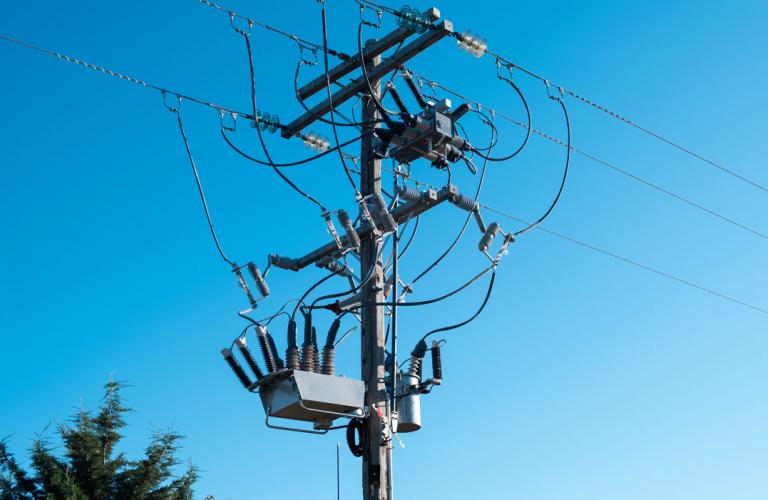#42 Marcela St., Damong Maliit, Brgy. Nagkaisang Nayon, Novaliches, Quezon City 1125, Metro Manila, Philippines

Despite this fault classification being the most common on overhead networks, it is also the most difficult to detect in these network topologies.
However, this is a solved problem.
It does not rely on using the standard residual current measurement method for detection. Instead, we derive the resistive component of residual current, and act on that.
This has been implemented in NOJA Power’s OSM Recloser system and successfully field trialed, with a primary Sensitive Earth Fault pickup value of only 400 mA.
Why build Resonant Earthed and Isolated Neutral Networks?
Essentially, to reduce earth fault current, and improve network reliability. When resonant and isolated neutral networks are exposed to a single line to ground fault, the fault site becomes the new earth reference. Since there is no earth reference for the transformer neutral, there is (theoretically) no current path for an earth fault. Therefore, we see low earth fault currents.
This has advantages for both fire mitigation and for network uptime. Isolated Neutral Networks traditionally could be operated in a single line to earth faulted state, although this practice is falling out of favor for safety reasons.
The main reason that utilities transition to non-effective earthed networks today is for fire mitigation. Reducing earth fault currents provides an excellent mitigation for fire ignition risk, however it introduces the issue of fault detection and location.
Detecting and Locating Single Line to Earth Faults on Non-Effectively Earthed Networks
Both of the aforementioned network earthing styles fall into the category of “non-effectively earthed” networks. And unlike their “effectively earthed” counterparts, this category presents very low residual current when a single line to earth fault occurs. This is the initial challenge since conventional earth fault protection relies on substantial fault current for accurate detection.
Therefore, simply applying conventional earth fault protection operating on apparent current magnitude only will not provide reliable results.
To detect Earth Fault on Isolated and Resonant earthed networks, we need to apply alternative algorithms for protection. Specifically, Watt-Metric Sensitive Earth Fault protection. This technique derives the real power flow from a residual current value and exploits the natural leakage current of a distribution network under fault conditions.
All real-world faults have some level of resistive component – real power delivered to the fault site. On Isolated/resonant networks, the real power only flows out of the faulted feeder, and all other feeders will see capacitive currents. Unfortunately, the capacitive currents are usually orders of magnitude greater than the resistive current, making conventional earth fault methods fail.
We can find this value by deriving the real power consumed by the fault with simple trigonometry:
The resistive component is equal to the apparent neutral current multiplied by the cosine of angle between the neutral voltage and neutral current.
Instead of acting on the apparent current alone (the traditional method), we derive the real fault current and act on that. With a sufficiently sensitive and calibrated system, such as NOJA Power’s OSM Recloser, you can accurately detect SEF faults on isolated neutral networks even when the real power component is only 200 mA.
Conclusion
“Australia has experienced many catastrophic bush fires over decades, which has resulted in several methods to improve bush fire mitigation,” reports NOJA Power Group Managing Director Neil O’Sullivan.
“It is clear SEF fault detection under 1 A that limits the arc energy to 0.1 A2 seconds will eliminate fire starts, and we have developed this capability in our recloser products to respond to this customer demand.”
Detecting earth faults on isolated neutral and resonant earthed networks is a solved challenge. NOJA Power’s OSM Recloser with 200 mA SEF build option allows utilities operating these networks to detect faults previously invisible to conventional protection equipment. For more information, visit www.nojapower.com.au or contact your local NOJA Power Distributor.